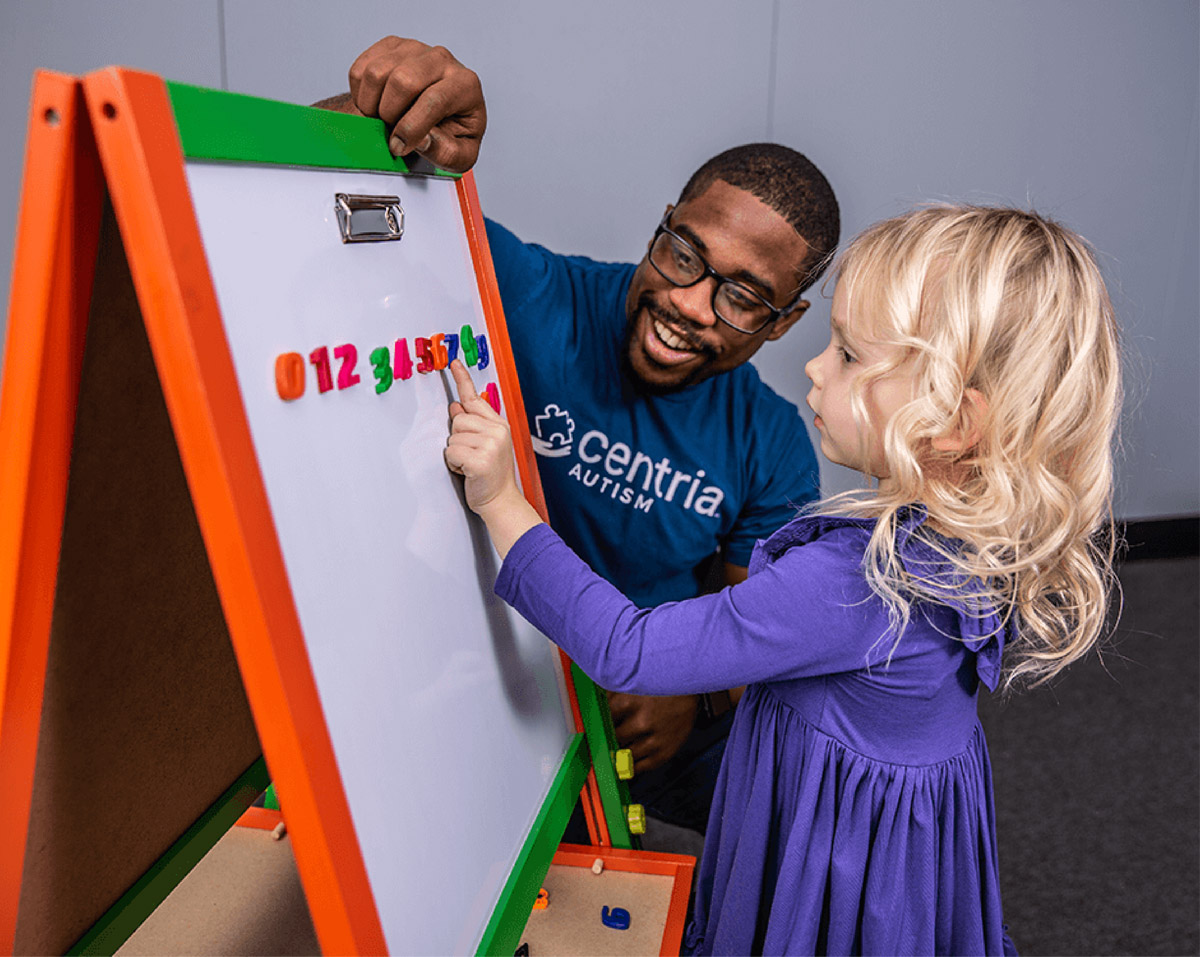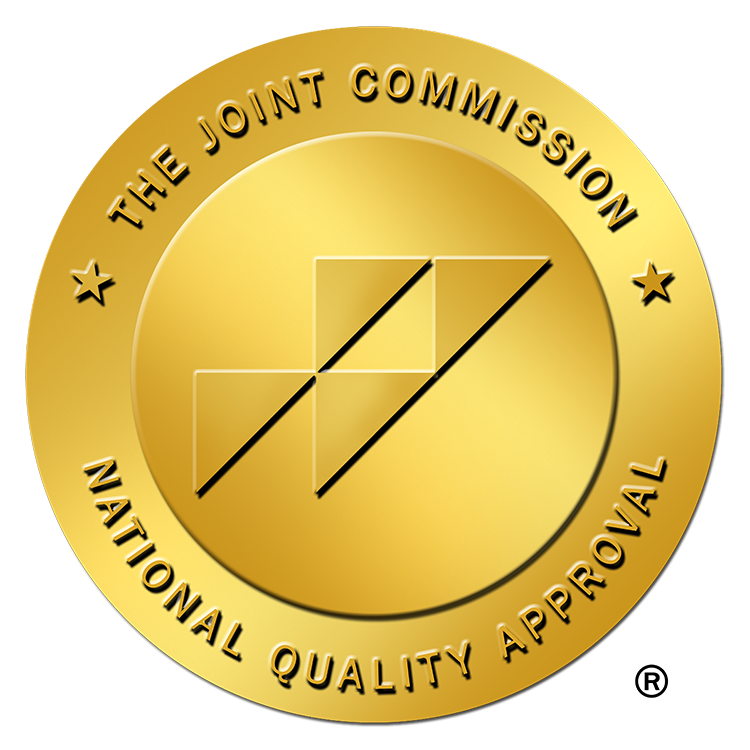Autism Spectrum Disorder (commonly referred to as ASD or autism) is a neurodevelopmental disorder, or a difference in how someone’s brain has developed, that leads to unique ways of being, thinking, communicating, interacting, and experiencing the world. The most recent data from the CDC shows that about 1 in 31 children (or 3.2% of 8-year-olds) are now identified with autism. While research hasn’t yet pinpointed a single cause for autism, studies suggest that it is most likely the result of unknown genetic and environmental risk factors.
Autism Spectrum Disorder is defined by two main differences:
- difficulties with social communication and interaction, and
- unusual, repetitive patterns of behavior, interests, or activities.
Because it is a neurodevelopmental disorder, autistic children will always be autistic. They present with their own unique strengths and experience varying difficulties and support needs throughout their lives. While not all differences related to autism need to be treated or changed, the right combination of environmental supports, intervention, and therapies can help autistic children learn, grow, and lead happy, wonderful lives.
What to Look For
As its name suggests, ASD is indeed a spectrum, and autistic children do not all have the same constellation of symptoms, meaning that one autistic individual will not have exactly the same challenges or behaviors as another autistic individual. While it may look different across individuals, autism always includes both (1) differences in social communication and interactions and (2) unusual, repetitive patterns of behaviors, interests or activities.
Signs of social communication and interaction differences:
- Delays in babbling or speaking
- Difficulty expressing what they want or need
- Brief or minimal eye contact
- Limited or inconsistent responding to their name
- Limited use of gestures to communicate (e.g.,, does not wave goodbye on their own, does not point to things)
- Poor conversational skills
- Failure to share enjoyment or interests with others
- Not responding when people approach or talk to them
- Limited interest in playing with other children
- Difficulty understanding social cues
- Difficulty changing behavior to fit the situation
- Difficulty interacting with peers or making friends
Signs of unusual, repetitive patterns of behaviors, interests or activities:
- Repetitive body movements, like flapping their hands or rocking
- Repetitive speech, like repeating lines from other people or TV shows
- Differences in play, for example frequently lining up or spinning things
- Unusual or excessive interests
- Difficulty handling changes or being flexible
- Sensory differences, like distress with loud noise or certain food textures
Autistic children will show some, but not usually all, of these behaviors. In addition, this list does not include all possible signs of autism. You can find a complete overview of the diagnostic criteria for ASD from the CDC, as well as developmental milestone checklists by age to monitor your child’s overall development.
When to Seek an Autism Evaluation
As a parent, you (or others around you) may have noticed signs of autism in your child. You may feel confused, skeptical, scared, overwhelmed, or already convinced about the possibility of your child having autism – all of these feelings are normal. What’s important is responding to your child’s developmental delays, social difficulties, and behavioral challenges as soon as possible because a diagnosis may help give you and your child access to the help and support your family needs.
How to Get your Child Evaluated
The American Academy of Pediatrics (AAP) recommends that all children be screened for autism at 18 and 24 months. During these routine appointments, a screening to identify potential signs of autism, such as the Modified Checklist for Autism in Toddlers (M-CHAT), may determine whether further evaluation for autism is needed.
However, you, or others around you, may be the first to notice possible signs of autism, and you can take steps right away to get your child evaluated. Make an appointment with your child’s pediatrician or primary care provider. Read these helpful tips from the CDC prior to your child’s appointment. During the visit, discuss your concerns with your child’s doctor and ask them for a referral for an autism evaluation.
At Centria Autism, we are committed to helping families and autistic children access support, which starts with a diagnosis. Centria Autism employs a team of licensed psychologists and other diagnostic professionals who provide comprehensive autism evaluations for children across multiple states. Contact us to find out if autism evaluations are available in your area.
About the Author
This blog was written by Kelsey Perez, PhD, HSPP. Kelsey Perez is a licensed psychologist in Indiana at Centria Autism / Life Skills Autism Academy. In this role, she completes comprehensive diagnostic evaluations for children and adolescents from 18 months to 18 years old, who are referred primarily due to suspicion of autism and commonly present with a range of other concerns. Kelsey Perez has an extensive background in psychological assessment across clinical and school settings, as well as experience with clinical supervision, counseling, and parent training.





